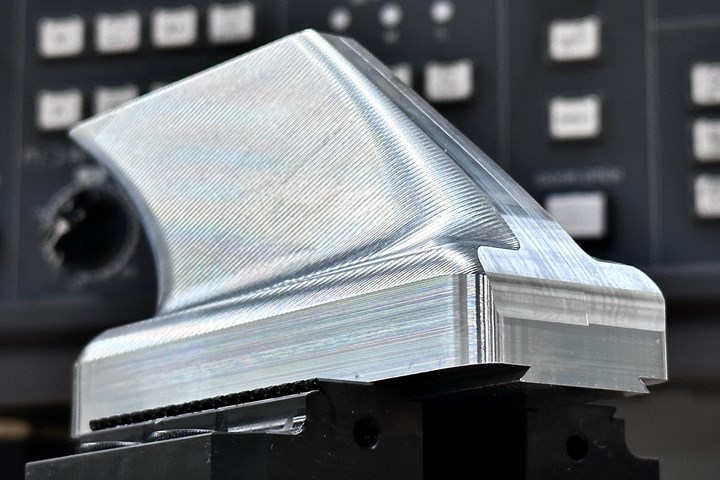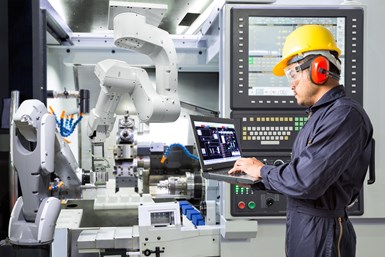Carbide Burrs Make Smaller, Granular Chip Breaks
Designed for surface removal on demanding production runs, Saint-Gobain Abrasives’ line of Norton double-cut carbide burrs is said to last longer with fewer change-overs on challenging production applications.
Designed for surface removal on demanding production runs, Saint-Gobain Abrasives’ line of Norton double-cut carbide burrs is said to last longer with fewer change-overs on challenging production applications. The hardness of the tungsten carbide substrate, stronger tooth formulation due to decreased tooth wedge angle and numerous cutting edges provide extended service life and better stock removal performance, according to the company. The company also says that the tool achieves smaller, granular chip breaks on hard-to-grind workpieces.
The carbide burrs are designed for removing surface stock and weld splatter, deburring and chamfering applications, and light to medium cleaning. Tool geometries are said to meet the demands for stainless steel, steel, cast steel and composites applications. The burrs perform well at higher temperatures and can be used longer than high-speed steel tools, says the company.
The burrs can be used with handheld tools such as the Norton pneumatic die grinder or on CNC machine tools. The line of burrs includes 30 different tools and is offered in seven types including:
- SA cylindrical without end cut
- SB cylindrical with end cut
- SC ball-nosed cylindrical
- SD ball shape
- SF ball-nosed tree
- SG tree with taper
- SL ball-nosed cone style
The company also offers a kit with the most popular five burr types for smaller job requirements.
RELATED CONTENT
-
Buying a Lathe: The Basics
Lathes represent some of the oldest machining technology, but it’s still helpful to remember the basics when considering the purchase of a new turning machine.
-
Taking The Fear Out Of Hard Turning
To make the transition to hard turning, you'll need to switch from carbide to CBN inserts, but that is easier (and more economical) than you might think. It's making the jump to much higher surface speeds that might scare you off. It needn't. Here's why.
-
A New Milling 101: Milling Forces and Formulas
The forces involved in the milling process can be quantified, thus allowing mathematical tools to predict and control these forces. Formulas for calculating these forces accurately make it possible to optimize the quality of milling operations.




.1692800306885.png)




.1687801407690.png)
